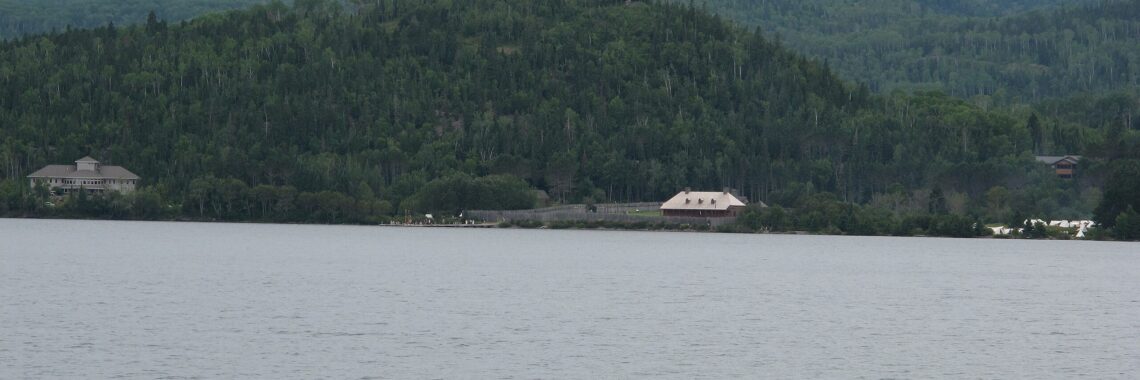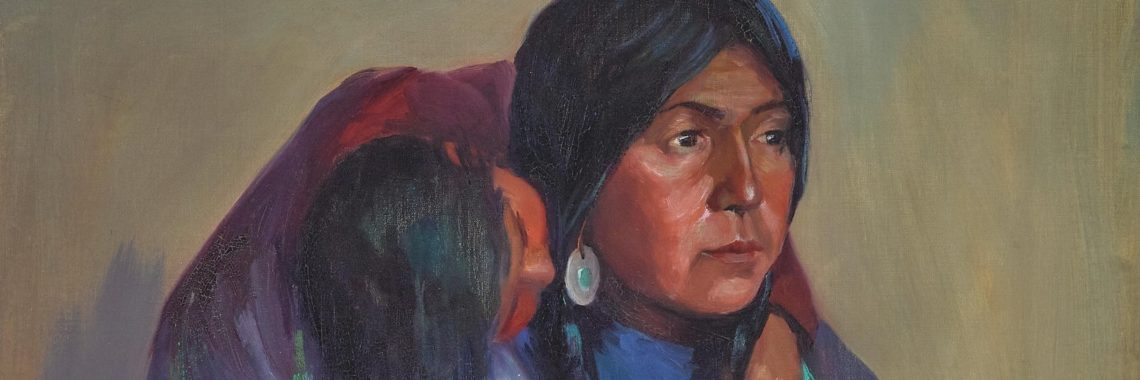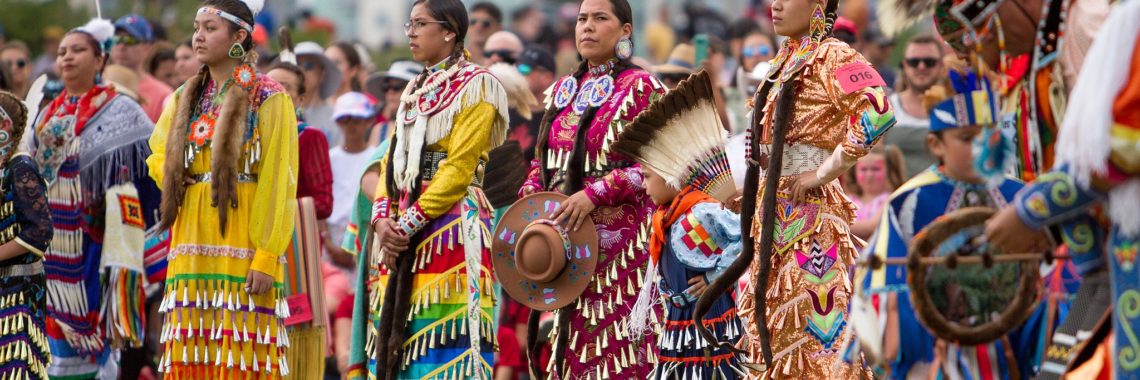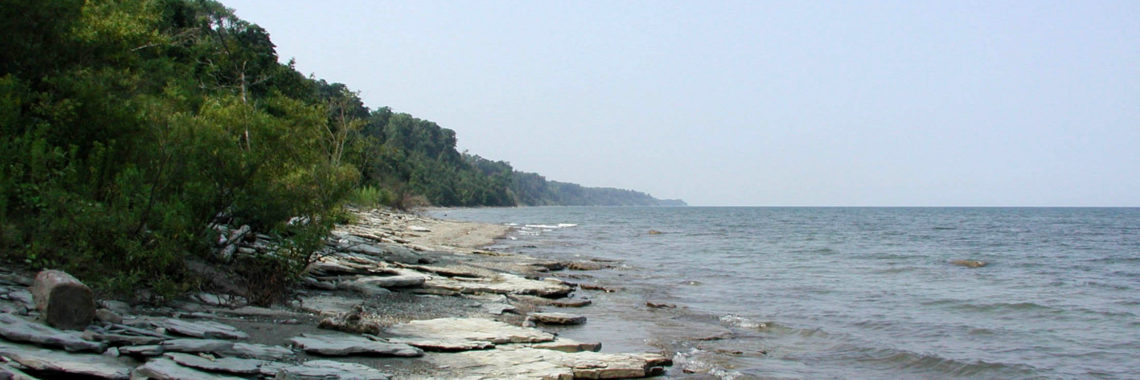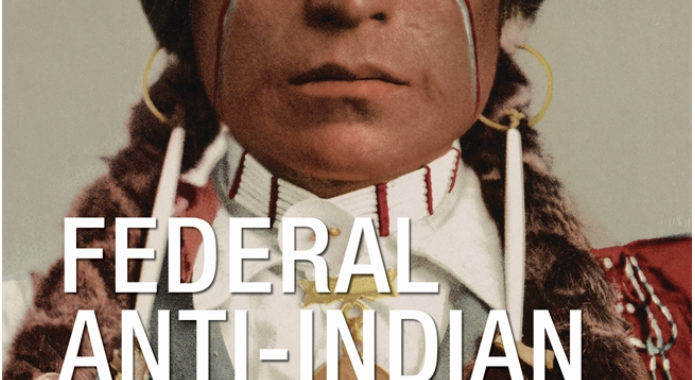“From Doctrine to Proclamation: How Faith Still Frames U.S. Indian Policy” by Kerri J. Malloy
The Reservation Tribal Office at Lake Superior via the National Park Service. From the earliest Supreme Court rulings to the annual presidential proclamations that mark National Native American Heritage Month, the United States has treated Native sovereignty as both a legal and moral question, one rooted as much in theology as in jurisprudence. The very…


